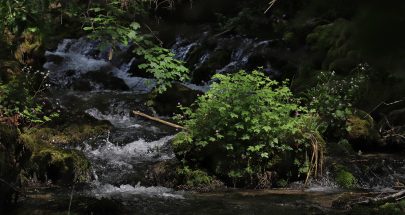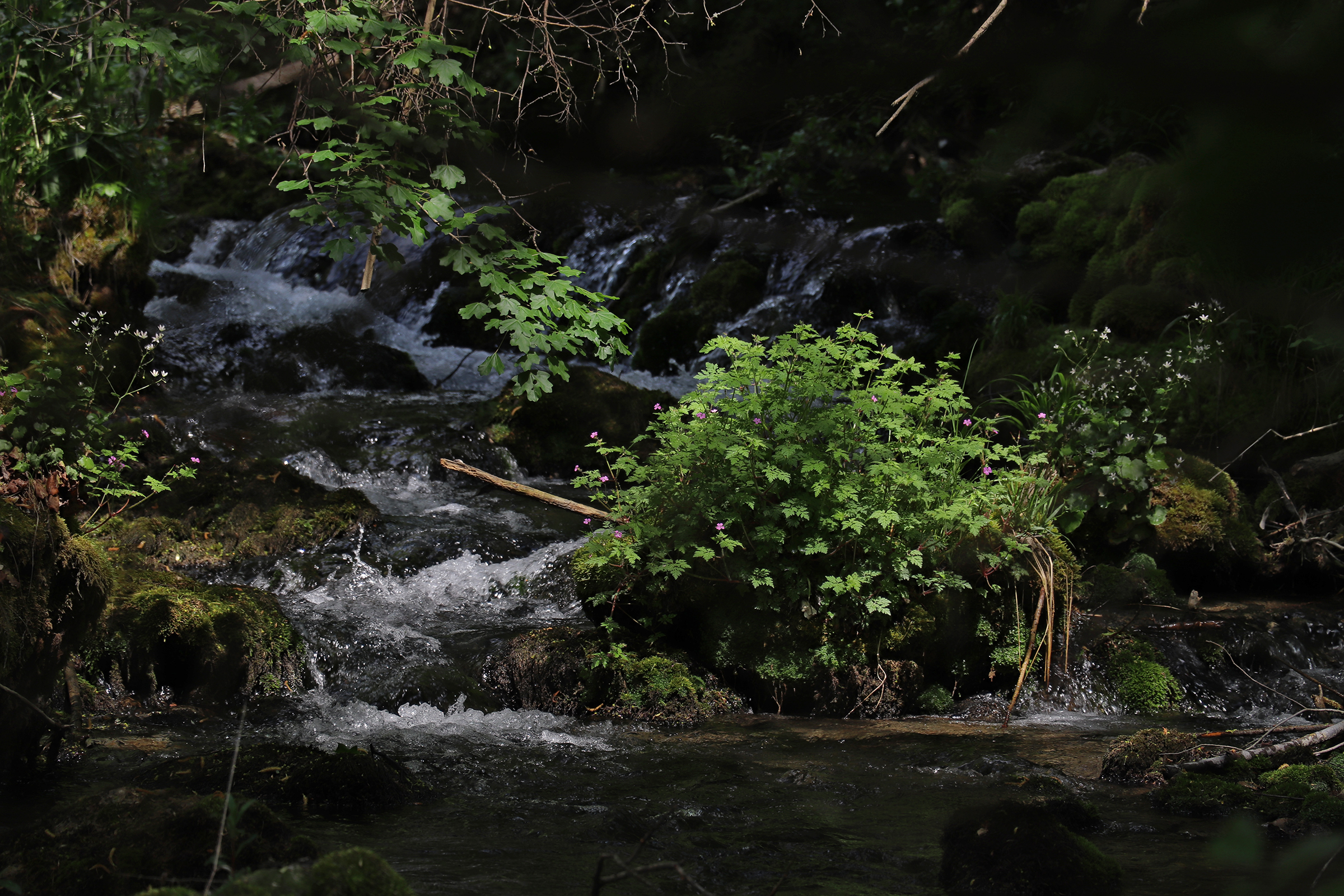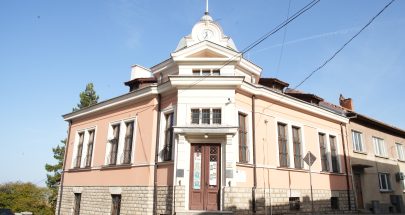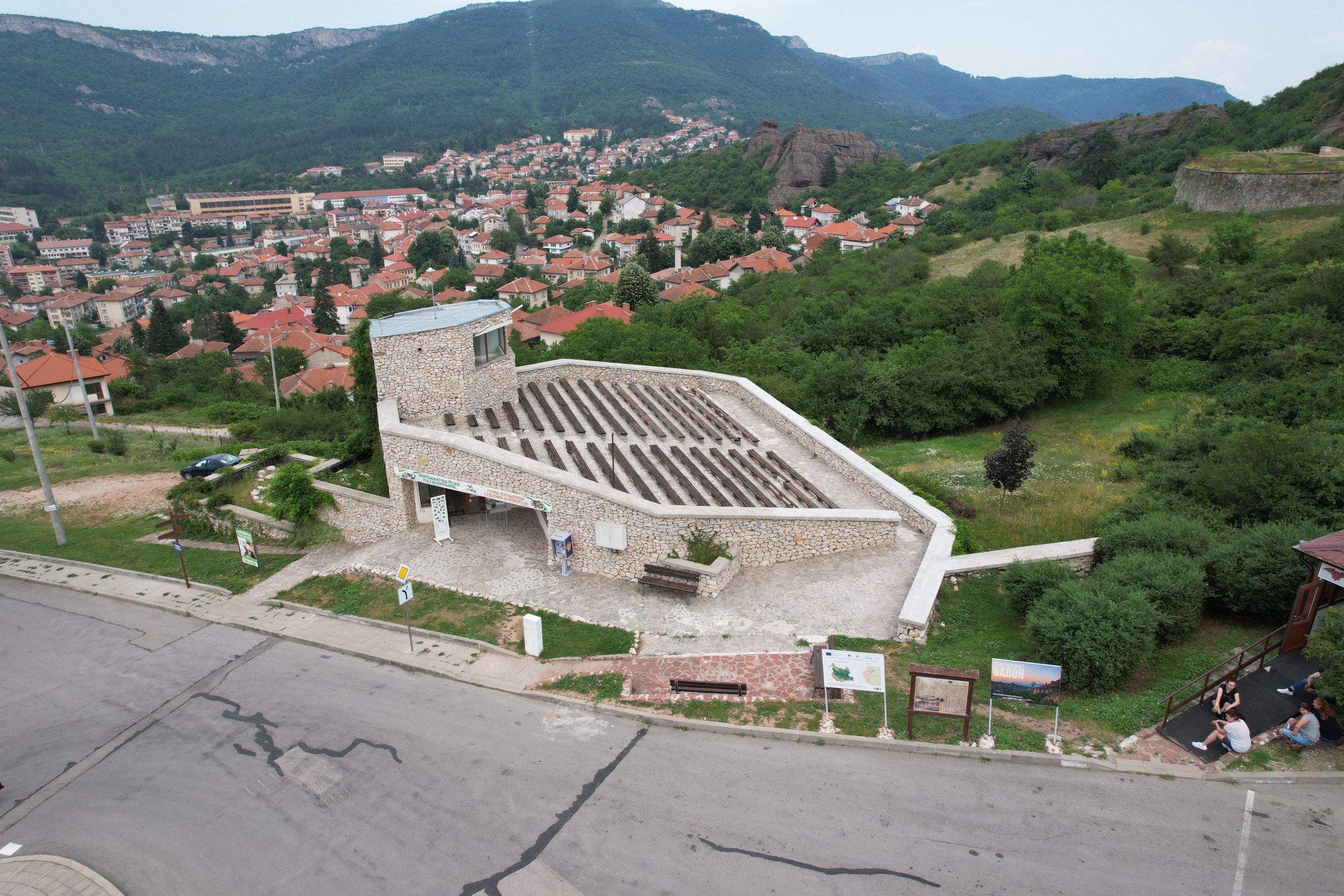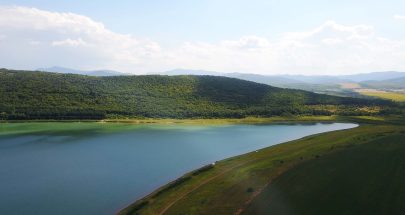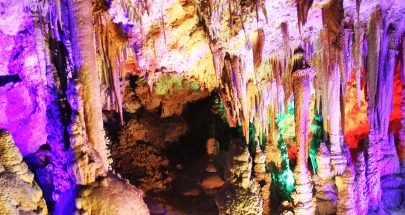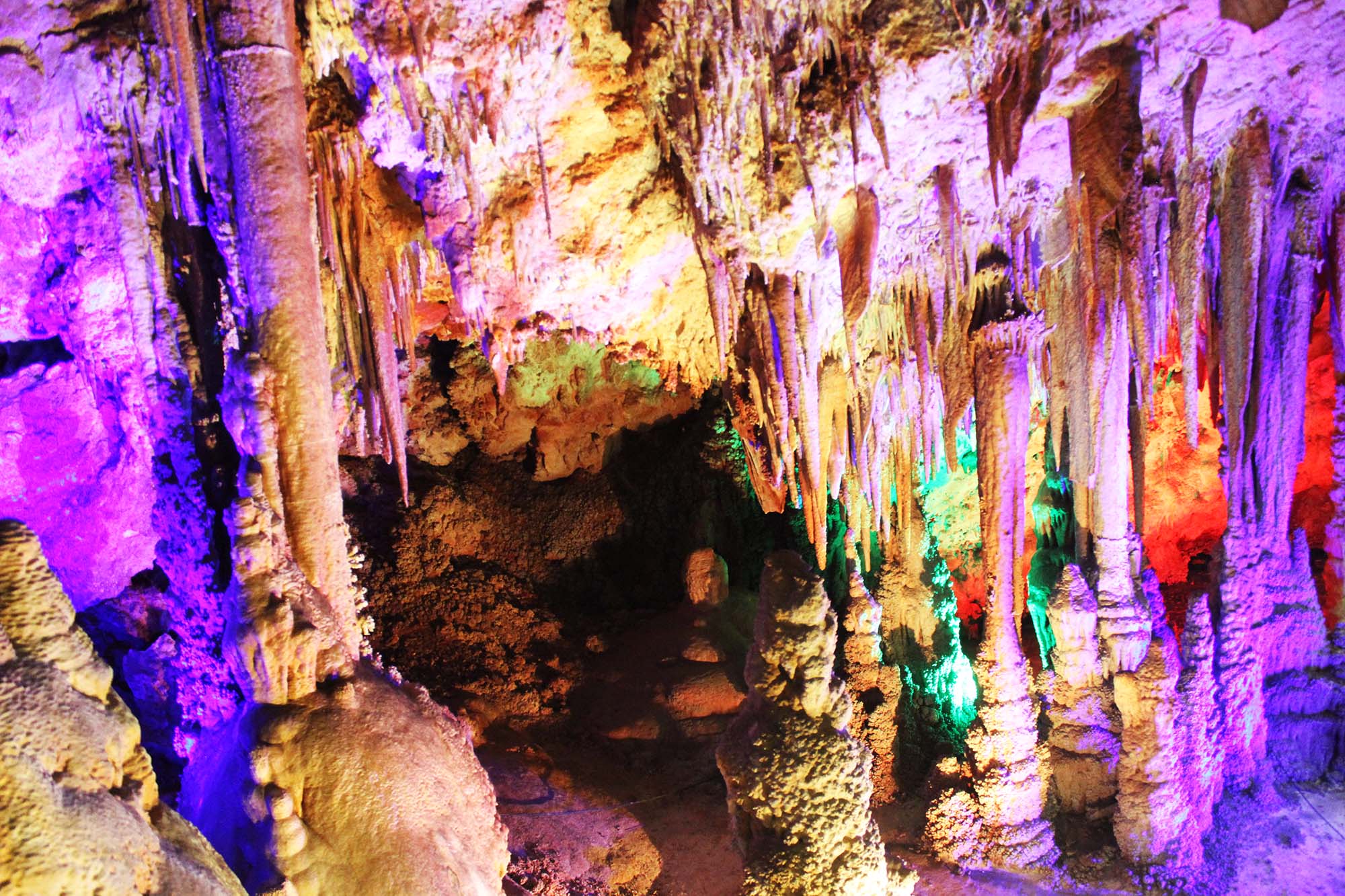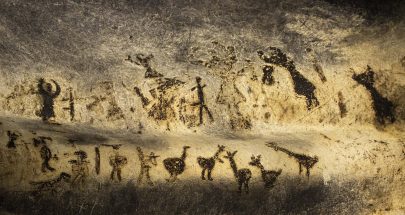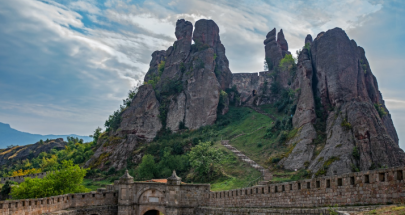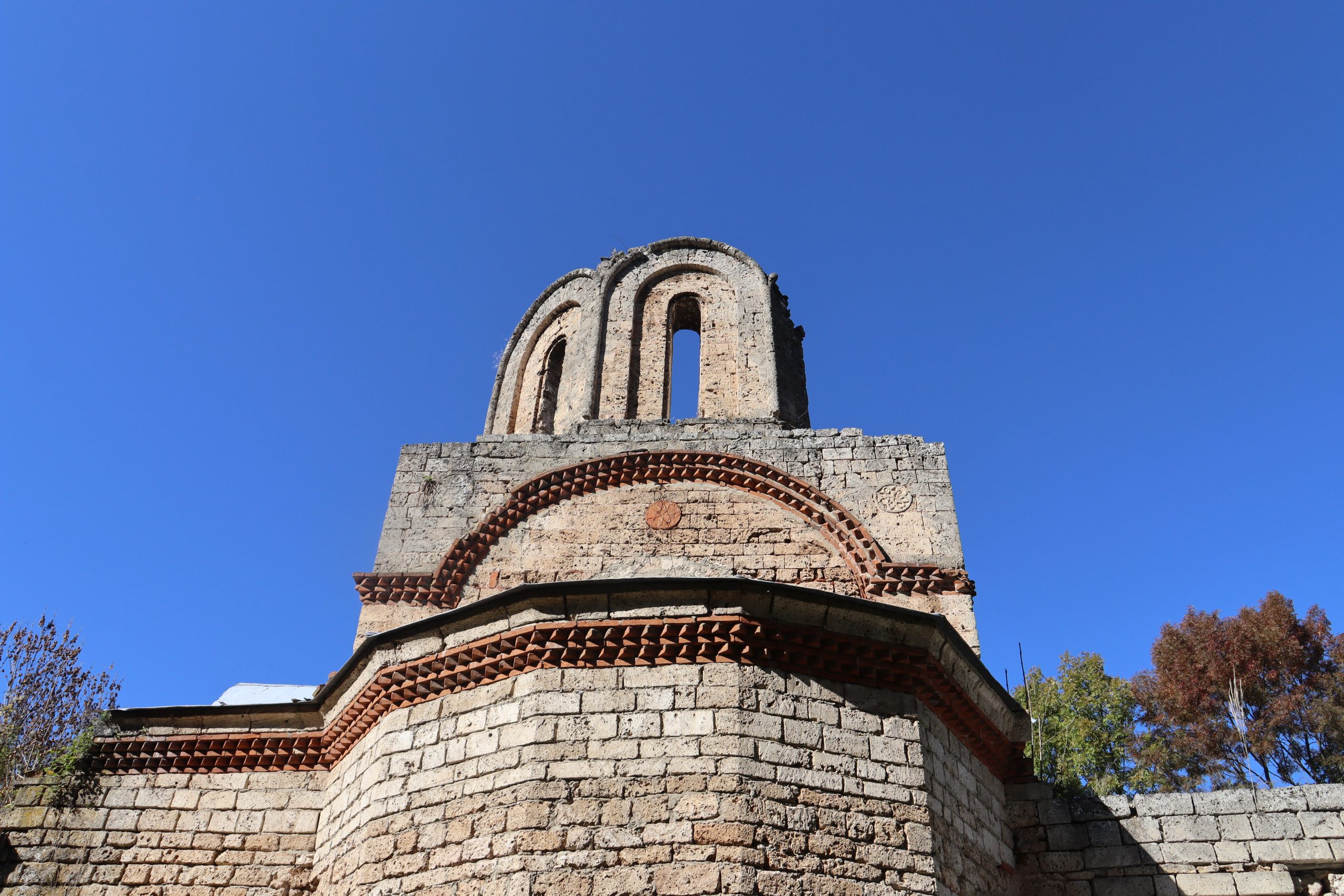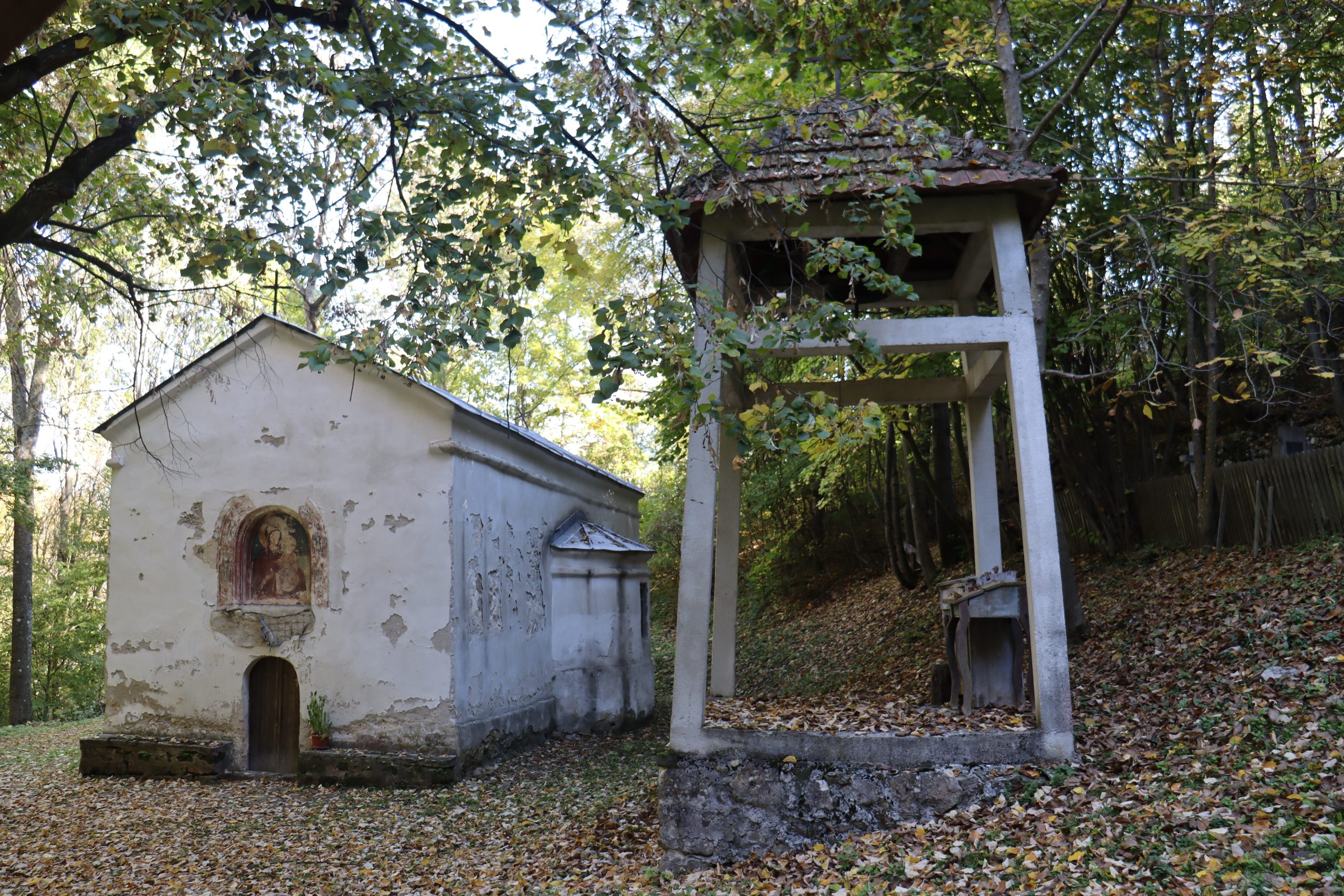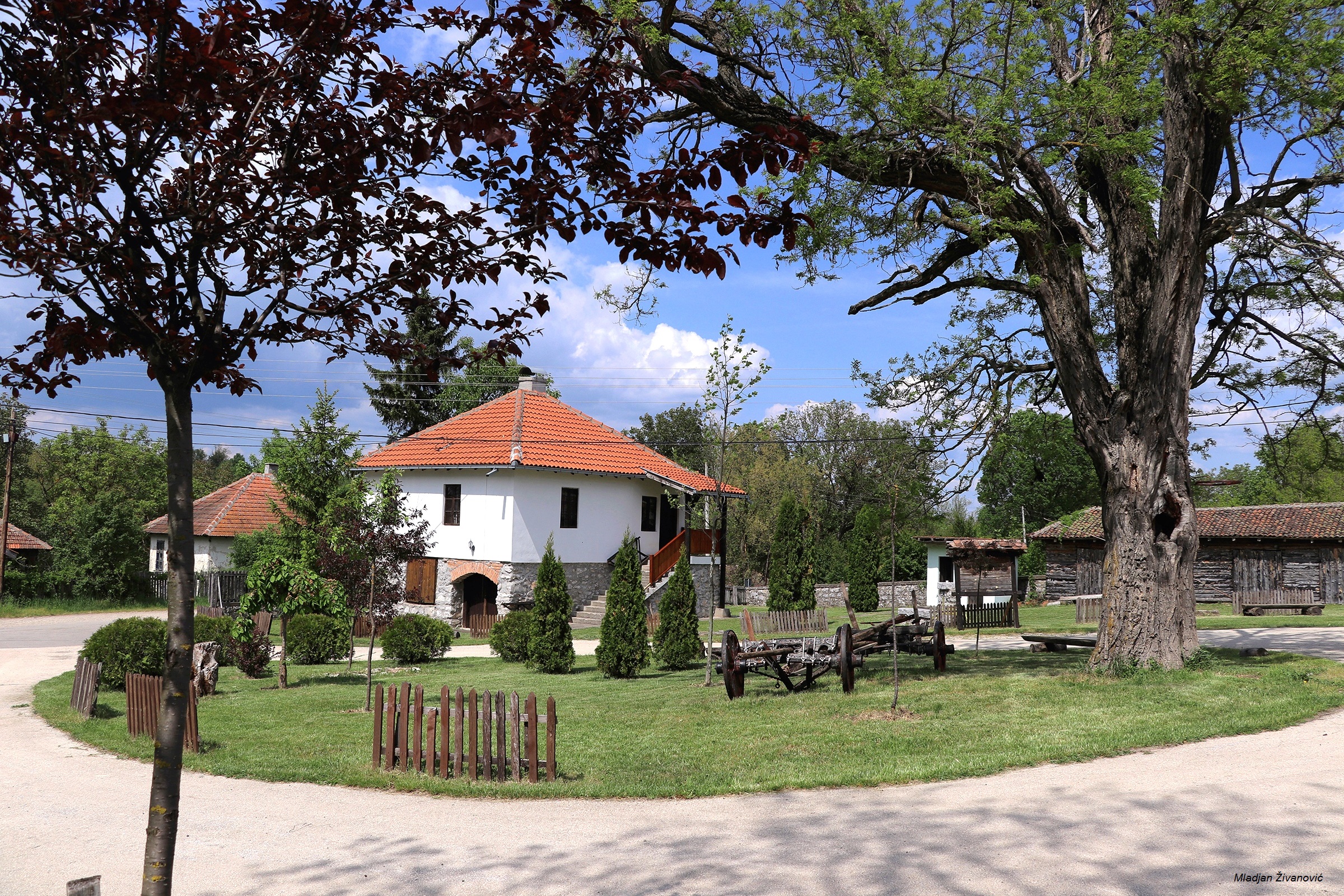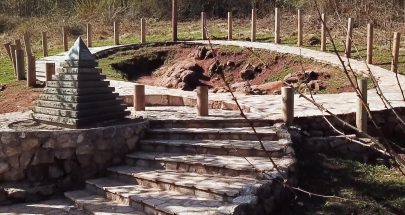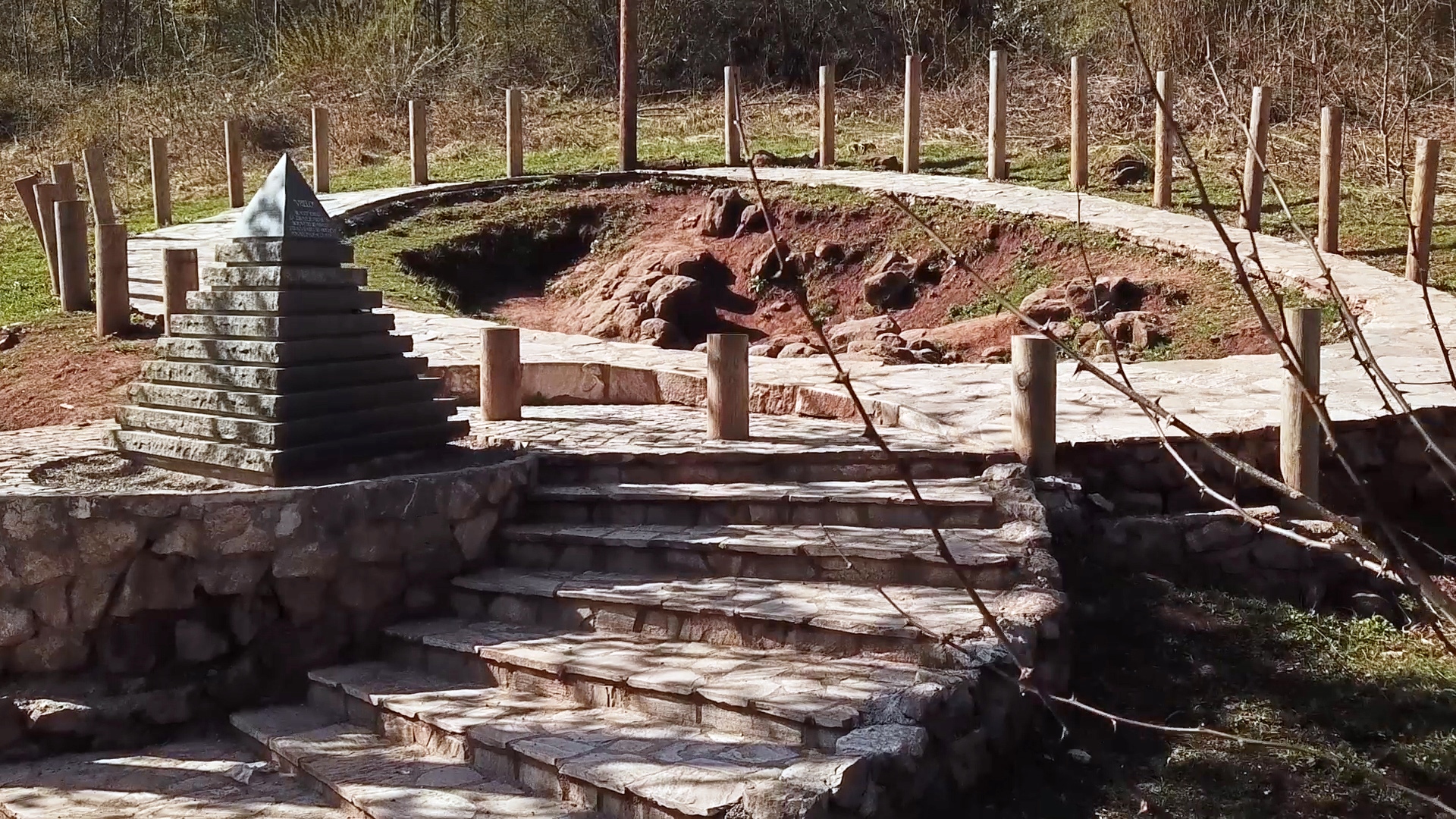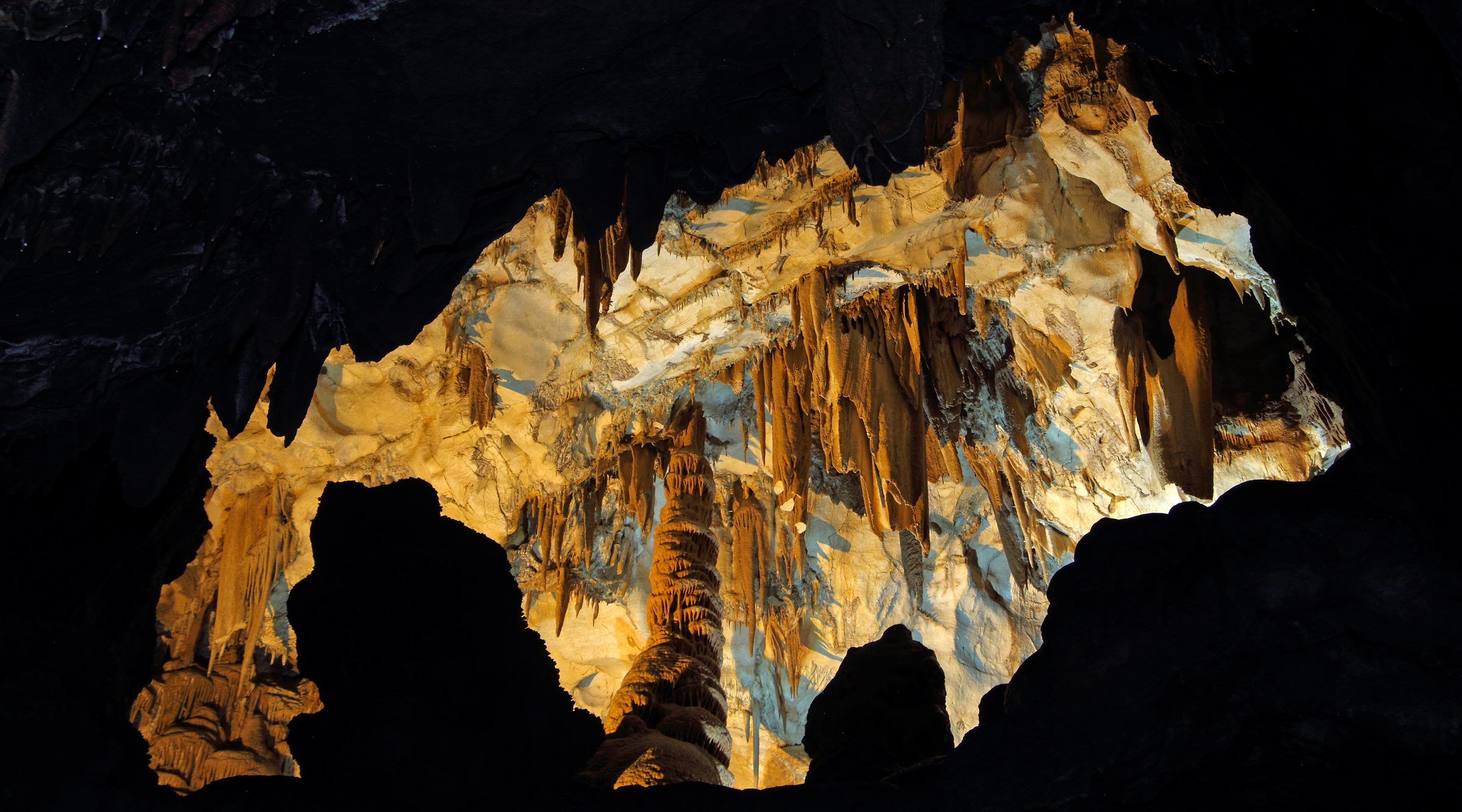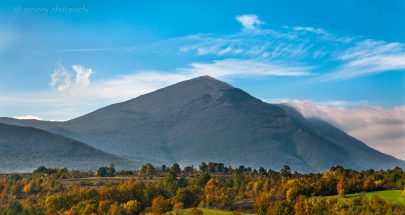Both Belogradčik and Rtnja surroundings are ideal destinations for organizing weekend excursions for children.
During the two days spent in Belogradchik, the children will have the opportunity to visit the Belogradchik rocks with the Roman fort on top, the Museum of Natural History and History, where they will learn interesting things about the surrounding nature and animals. This is followed by an unforgettable visit to the Magura Cave, an attraction from like a fairy tale where the corridors hide drawings of prehistoric people.
On the other side of the border, at the foot of the mystical mountain Rtanj, they are waiting for a walk to the Megalith rock, a tour of the Timočki spring and an organized treasure hunt game in a natural setting. In the vicinity of Boljevac, children will also visit Bogovinska cave and Krepičevac monastery from the 15th century, as well as the village of Ilino and a local traditional estate with a unique gastronomic offer.
Two days spent in nature, in the fresh air, in the presence of unforgettable landscapes, will surely remain in the best memories of the youngest visitors.
Adventure in Belgoradčik
One weekend in Belogradčik is enough for children to discover all the charms of nature. From a visit to the magnificent rocks of Belogradchik with a Roman fortress on top, to a visit to the natural history museum, to the secrets and traces left by prehistoric people in the Magura cave, be sure that your child will return home full of impressions.
1. day
• Arrival at the hotel
• Pension lunch
• Tour of the Fortress / visit to the history and natural history museum
• Dinner at the hotel
2. day
• Breakfast at the hotel
• Magura cave tour
• Lunch in a restaurant
• Free time in Falkovec
• Dinner at the hotel
3. day
• The breakfast
• Tour of the observatory
• Tour of the Wishing Stone and group photography
• Leisure
• Lunch at the hotel and departure
Fairy tale Rtanj
In a diameter of thirty kilometers around Rtanj, Eastern Serbia hides still undiscovered natural attractions. A weekend in the village of Rtanj guarantees time spent in the fresh air, walks from the ancient Megalith stone, through the mysterious Bogovinska cave and the Timok Spring, where your child will enjoy the untouched nature, search for hidden treasures together with the company, taste the homemade juices and of course, remember the moments forever under one of the most beautiful mountains in Serbia.
1. day
• Arrival at the guesthouse
• Tour of Vrel Timok
• Walk to the Megalith stone
• The search for the Rtan treasure
• Leisure
• Dinner
2. day
• Tour of Bogovinska cave
• Tour of Krepičevac monastery
• Tour of the village of Ilino
• Free time at the ethno estate
• Going home
How to get to the destinations?
Serbia
Train: Belgrade – Paracin
Bus: Paraćin – Boljevac
Bulgaria
Train: Sofia – Oresets (14 km from Belogradchik, after which local transport is recommended)
Bus: Sofia – Belogradchik
